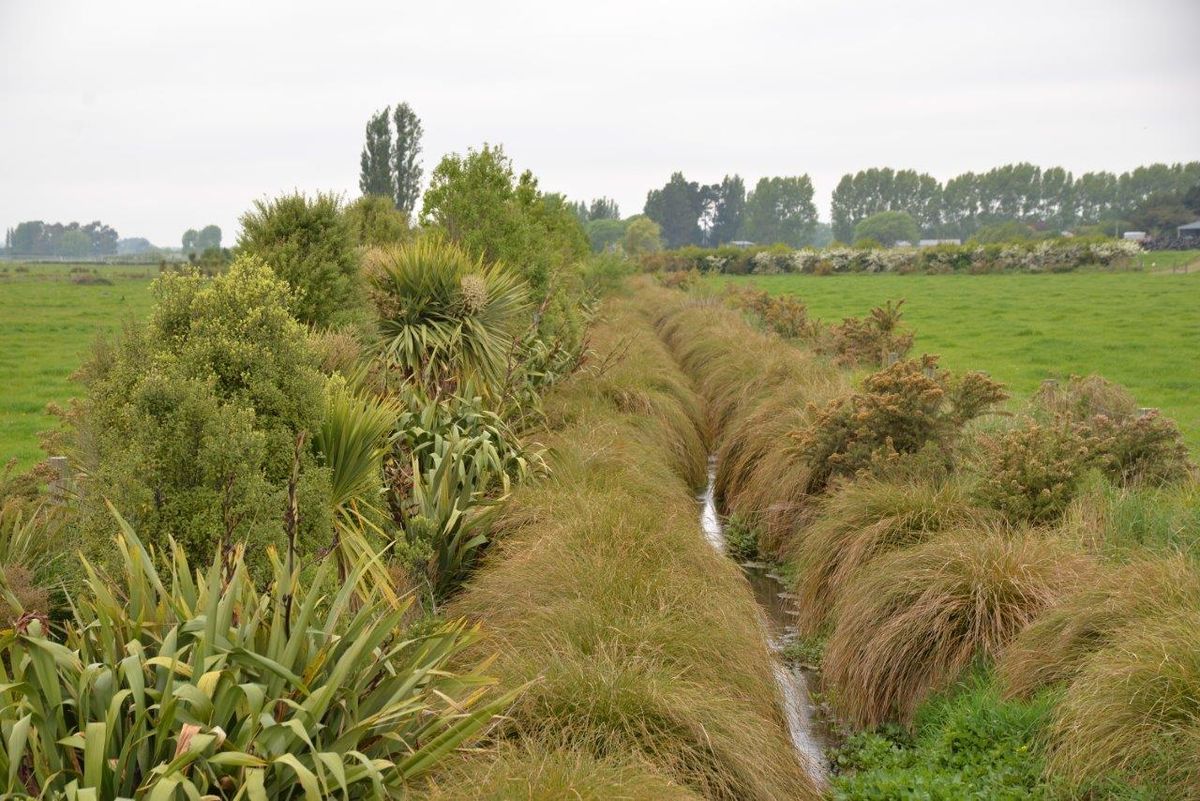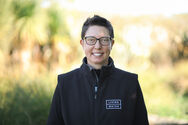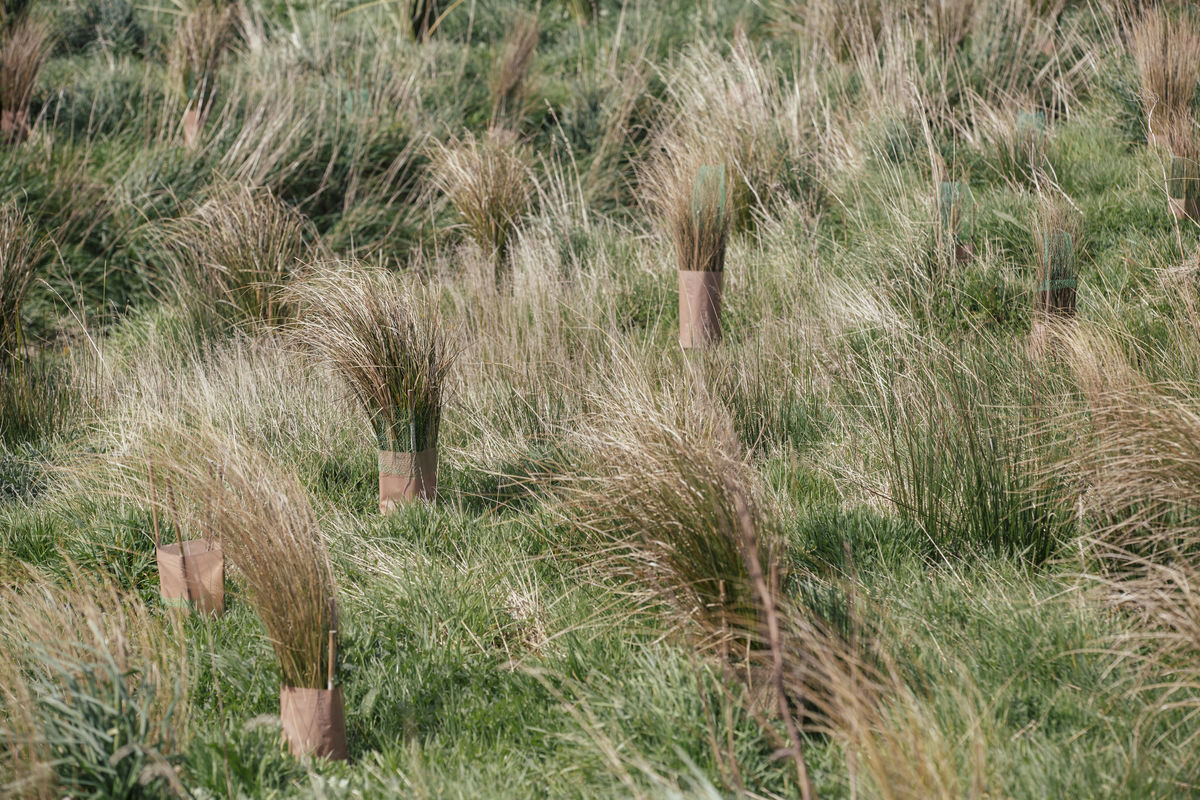
Farming with Native Biodiversity
What is the problem?
50% of Aotearoa New Zealand’s land cover is pastoral farming, and pastoral land contains one quarter of all remaining native vegetation which we know is in decline.
This project aimed to make it much easier for farmers to integrate existing native biodiversity into their farming systems and protect and enhance what biodiversity already exists on their land. The NZ Landcare Trust led the project with support from Living Water, Silver Fern Farms and the BioHeritage National Science Challenge/Ngā Koiora Tuku Iho. The Sustainable Food and Fibre Futures fund (SFF Futures), administrated by the Ministry for Primary Industries, contributed 70% of the $1.4 million funding.
The project evolved from Farming and Nature Conservation, a research project supported by the BioHeritage National Science Challenge/Ngā Koiora Tuku Iho. We also know from the biodiversity assessments on farm pilot carried out by Living Water on Fonterra farms, that the biggest barriers to farmers taking action were limited access to good advice and ecological expertise and the cost of preparing farm biodiversity plans. Building on this information, by 2023 the project aims to have expertise and resources easily accessible to farmers and their advisors.
What is currently preventing enhancing and protecting native biodiversity?
The key gaps and challenges for improving biodiversity on farms are:
Knowledge gaps: Most farmers and farm advisors are not trained in ecology and do not have ready access to the information or expert advice required to manage native biodiversity.
Capability and cost gaps: There aren’t many independent ecologists with skills in applying ecology to farm systems plus this one-to-one advice is costly. Management of ecological areas is a long term commitment and can be costly.
Information gaps: Tools, funding and information exist, but can be dis-jointed or not applicable at a farm scale, hard to find and vary in depth by region.
Regulatory gaps: It is confusing knowing what the next right action in a changing regulatory landscape.
Living Water’s catchment work, Professor David Norton’s work in the Farming & Nature Conservation project and biodiversity work in post-quake Kaikōura and the 1 Billion Trees ambassador approach have all found having an on-farm ecologist with farm planning awareness has been the most effective way forward. Currently this kind of service is costly due to the time it takes to complete farm assessments and there aren’t enough independent ecologists with farm knowledge.

Sarah Yarrow


What did the project achieve?
The focus of the pilot was to learn by doing. The pilot collected feedback on what farmers and farm advisors needed to inform how to best support biodiversity management, monitoring and enhancement on farm.
The pilot supported three ecologists who worked with 40 farms to create farm biodiversity management plans, with a total of 224 individual biodiversity management projects identified including:
- 34 wetlands
- 29 forest remnants
- 63 riparian margin restorations
- 45 new planting projects
The pilot also worked closely with Fonterra’s Sustainable Dairying Team to develop e-learning and resources that will be integrated into Fonterra’s Tiaki sustainable dairying service.
The pilot developed resources including a website, 6 podcasts, 9 e-learning modules and links to a range of other information that is now available nationally to support farmers and farm advisors to identify, enhance and restore biodiversity on farm.
The final stage is to take all the lessons from the pilot and develop a road map for a delivery system that will result in increased biodiversity on farm at scale. This will be shared with key stakeholders including iwi, government, the primary sector and catchment groups.
Farming with Native Biodiversity will continue to be supported by the NZ Landcare Trust and all of the resources are available on the Farming with Native Biodiversity website.
The long-term outcome is for landowners and advisors to have easy access to neutral, trusted biodiversity knowledge to identify what native biodiversity exists on their land and how to manage it.